|
Many moons ago, long before the blog was directly on my website I used to do an online advent calendar. A countdown through the days of December, a way of brightening up the dark days.
I'd stopped in recent years, because time is always in short supply. However, 2016 has been so crap (and to be honest my personal end of 2015 wasn't great, I should have read the warning signs!) that I've decided to revive it, by way of a so long, don't slam the door on your way out dismissal. Now one of the things that always cheers me up is learning new things. I am curious by nature, admire craftsmanship and skill, so love seeing all the clever things that as humans we're capable of creating. So I am going to focus on that, because you never know where education might take you. Each day will be a different skill, quite a few will be spinning based, but I'm going to try and mix it up a little. So here's where I hope you come in... what other crafts do you do? Are there any good video tutorials for them, what about kits? How did you get started in that craft. Leave me a comment, spread the love for creativity. There is a thread in the Ravelry UK Spinners group dedicated to the slightly bizarre wheels that appear on Ebay. Many of them are affectionately known as SWSOs (Spinning Wheel Shaped Objects). They often made by an enthusiastic wood turner who likes the challenge of making a wheel, but doesn't appreciate the need for things like an orifice. Some poor wheels have been converted in to lamps. Others are reduced to a pile of bits, that may, or may not all be there... To the unwary these wheels can be a bit of a nightmare. Generally they're priced much lower than a modern spinning wheel, but too often they're a complete waste of money. If they do spin at all they spin poorly. Never trust a description that says "working" by the wheel. Too often that means the seller has rotated the wheel and it goes round. If you're a new spinner the general advice is to buy a known brand. It might be twice the price, but you'll have a wheel that works. Rather than a pretty ornament. Once you get to know what to look for though... I wasn't technically in the market for another spinning wheel... but someone had linked to a quirky wheel, and this popped up in the suggested items below it. This is very much not a SWSO. Due to the fact that I am a bit geeky about wheels I knew that this was a Scandinavian wheel. There's a basic format that many of these wheels tend to have, and this one had all the right things! There were lots of photos so I could see that there was a flyer with an orifice, a bobbin that fitted, no loose joints in the drive wheel. A quick consultation with a friend to confirm that I wasn't being daft... and I placed a bid. One week later, I was apparently the only person to want this beauty. A quick begging email to my younger brother to collect it for me, and here she is. A 26 inch drive wheel means she adds twist very quickly. That big drive wheel rotates really effortlessly. In terms of outright ratios (12:1) I own "faster" wheels, but none that are so light and pleasant to treadle. It's the little things about this wheel... it's pretty much all pine (or other similar softwood), and in places is incredibly plain and simple. But there are some lovely touches. These notches tell you which way round to put in piece that secures the drive wheel. The pieces on either side of the axle are different shapes, because the axle gets thinner towards the front of the wheel, and also shaped to fit exactly when they are the right way round. So the notches make it easier to get everything put together correctly.
For such a big wheel she's incredibly portable because she breaks down so easily. The flyer mechanism unscrews, the wheel lifts out, and you're left with several pieces that go back together again just as easily. An old version of a folding wheel! I'm very happy she's found a new home with me, where she will be used to spin yarn. Just like she was designed to do so well. I don't normally name my wheels, but I feel like this grand old lady deserves it, so she's called Brunhilde. We've lived here for several years now, and have explored the local area pretty thoroughly, there aren't many places with in driving distance where we've not poked around. Of course, round here poking around isn't confined to above ground level. Wales is full of mines of many types. The area around Dolgeallu is famous for it's gold mines, but they also mined slate in this area. We're a bit further south than the big slate mines of Blaenau Ffestiniog, or Dinorwic, but there was still a lot of activity in this area. In fact I can see one of the mines from the end of our garden... We've poked our heads in to a lot of the holes, but it's one of those things where it's worth being cautious, so we've never gone all that deep, or ventured too far. When we lived in the Peak District Dad used to work in outdoor centres, so trips in to the natural caverns was something we did on an occasional basis, but nothing beats getting a tour from an expert. So as a birthday/wedding anniversary treat we had a 4 hour trip in to Braichgoch mine with Corris Mine Explorers. Over in Corris was one of the biggest mines in this area, and when I say mine, I mean a proper mine. Slate was quarried from under ground, via a network of tunnels. Braichgoch was worked from 1787 to 1970, and you can still see evidence of the workings throughout that period of history. In total there are 8 levels, the bottom 2 are below the valley floor, so when the mine closed they flooded as the pumps stopped working. Each level has it's own access point in to the hillside, providing a way in for the miners, and a way out for the slate. We only had time to explore Level 5 on this trip, but the scale of the workings is vast, there are miles of tunnels. Buried inside this hillside is a section of high quality slate. It was worth mining to reach it because it was very dense, and not filled with impurities. This made it really suitable for building, and also for floor slabs (the floor in our cottage probably comes from this vein). The tunnel goes in to the hillside, until it hits the vein of slate, and then splits follow the vein along its length. To the left is the vein of high quality slate, to the right the rock that makes up most of the hillside. At periodic intervals the miners dug in to the vein, and then excavated vast caverns. It was hard to get a sense of scale in these parts because we only had very dim miners lamps, it would have been lovely to have a really bright light to switch on occasionally in these vast spaces, as it was so hard to get a sense of just how big a space you were in. For much of the mines history nearly all the work was done by hand. The tunnels were dug with the aid of gun powder, but the blasting holes to put it in were drilled by hand. Later on they switched to gelignite, which was more powerful (though far more dangerous), but the holes were still drilled by hand. Compressed air to power tools wasn't bought in to the mine until well in to the 20th century. We were mostly interested in the history of the mine, rather than be adventurous climbing around, so got taken to see all the bits that had been left in the mine. Old pieces of machinery, and remnants of the miners lives whilst they were working. This winch would have been used to get the 2 ton blocks of slate on to the trucks that were used to get them to the surface. When compressed air was bought in to the mine it became outdated, but was never removed because it had no re-sale value. Amazingly it still works. The workers would have used candles for light, foremen and mine captains would have had lanterns, but in many places they just used bare candles, in places stubs of them remain, or you can see the wax drips on the wall. All sorts was left in the mine. From old lucozade bottles that would have been used to carry water or cold tea for the miners to drink, to old cigarette packets. Slightly more scarily are pieces of unused gelignite, the explosive used for blasting the tunnels... and very much not to be touched! Even miles below ground nature has a way of making use of the space. Throughout the mine were old tools that were covered in fungi, the spores bought in on human feet and clothing. They find a home in some rotting biological material, and set up home. There was a complete ladder covered in fungus, but unfortunately none of the photos I took came out. Photography in pitch blackness is not the easiest, because the longer exposure means that if you move your head slightly you get streaks of torch light across the image. The minerals in the surrounding rocks get dissolved in the water that flows through the ground, and then they get concentrated where they flow more slowly. This amazing water fall had deposited Iron Oxide (aka Rust) over the slab of slate it flowed over. It was a really interesting trip in to the past, not at all claustrophobic, and well worth doing if you're in the area.
I am very much not the first person to say so, but this autumn has been a stunner for some beautiful colour. The forests around us are either very boring commercial conifer plantations, or very ancient woodland, with a beautiful diversity of broadleaf trees. Every day has been a real treat looking out of the window. We did a Geocache circuit that goes from Cymer Abbey along the Mawddach River. Not a very long walk, but pretty to look at, and with some hard to find caches to hunt for. Of course, it being Wales, there were sheep. Mules (cross breeds) of some sort , judging by the size, cropped tails and general appearance. It was tupping time, and in every field there was a ram or two wandering around making a nuisance of himself. Hence the very highly coloured sheep, they use raddle on the rams chest , so he marks the ewes when he mates them. This particular ram looked like he'd been swamp wading, but was a very magnificent specimen. This ewe was enjoying a good scratch on this branch, itching the back of your neck must be tricky if you're a sheep. Now this one I do know... it's a Torddu (pronounced Tor-thee) which is the white form of a Welsh Badgerfaced sheep. It was the only one in the field amongst a flock of white mules, and having a very nice time eating things growing at the base of the drystone wall.
|
Archives
January 2024
Categories
All
|
Hilltop CloudHilltop Cloud- Spin Different
Beautiful fibre you'll love to work with. Established 2011 VAT Reg- 209 4066 19 Dugoed Bach, Mallwyd, Machynlleth,
Powys, SY20 9HR |

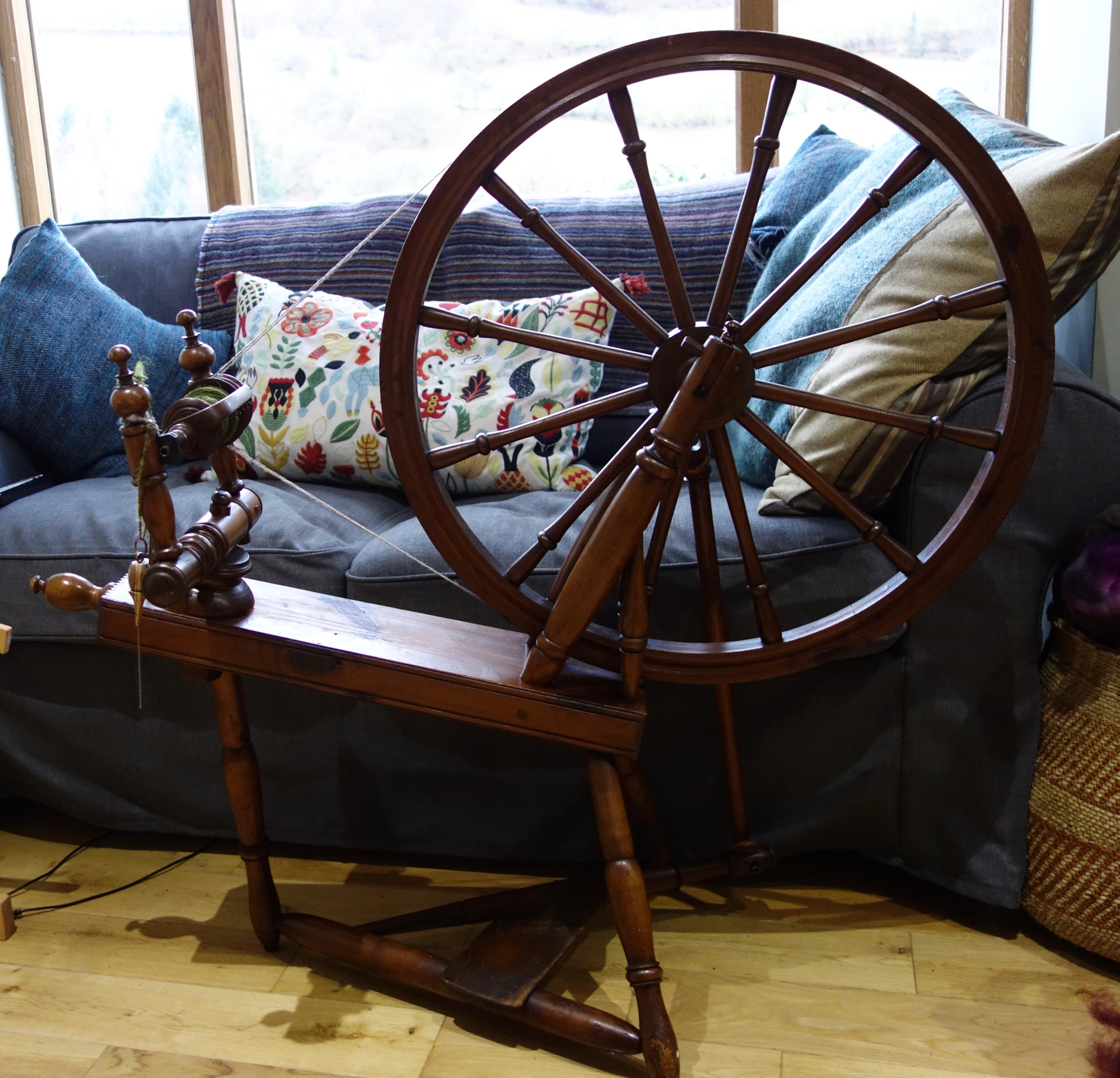
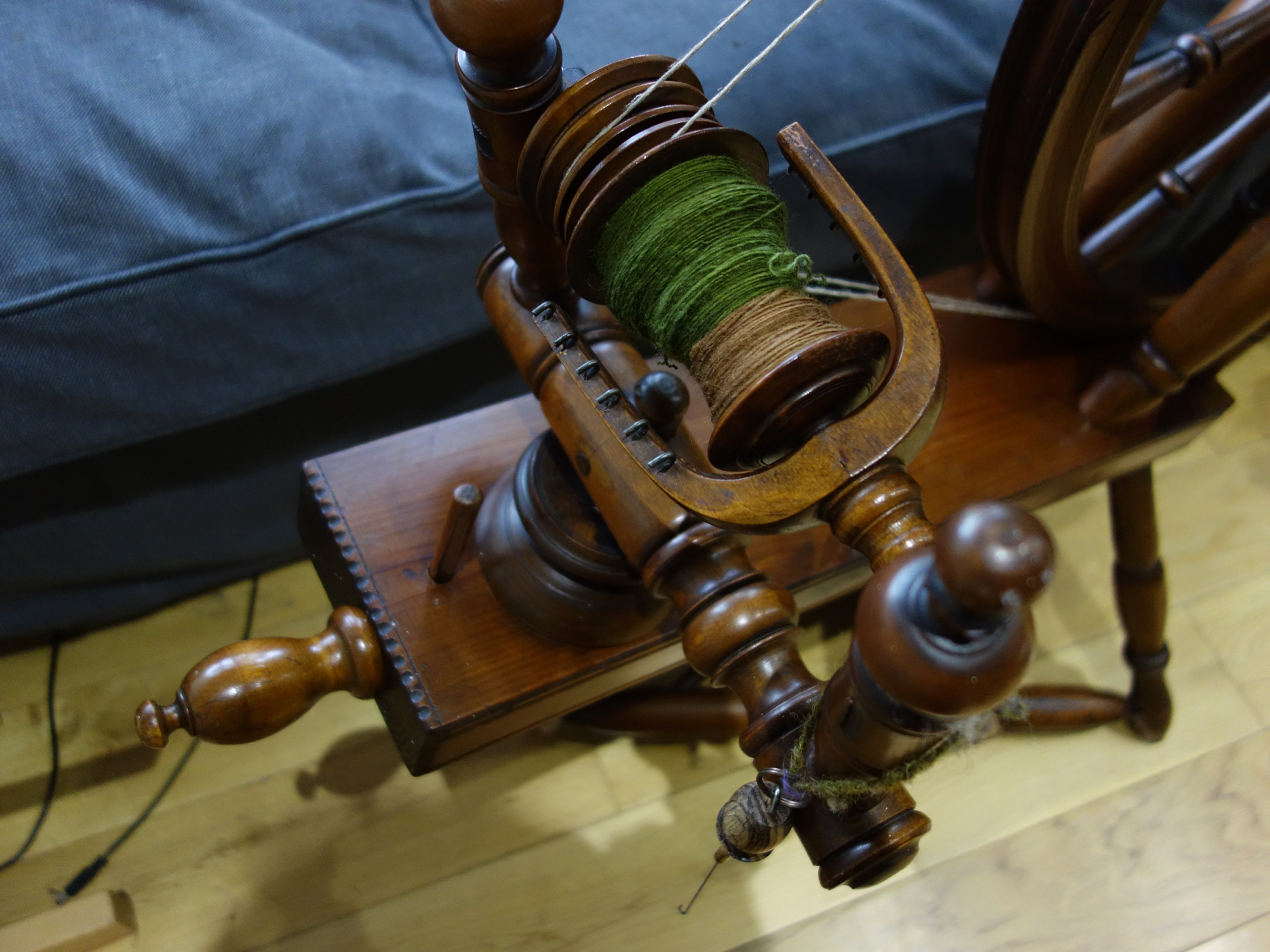
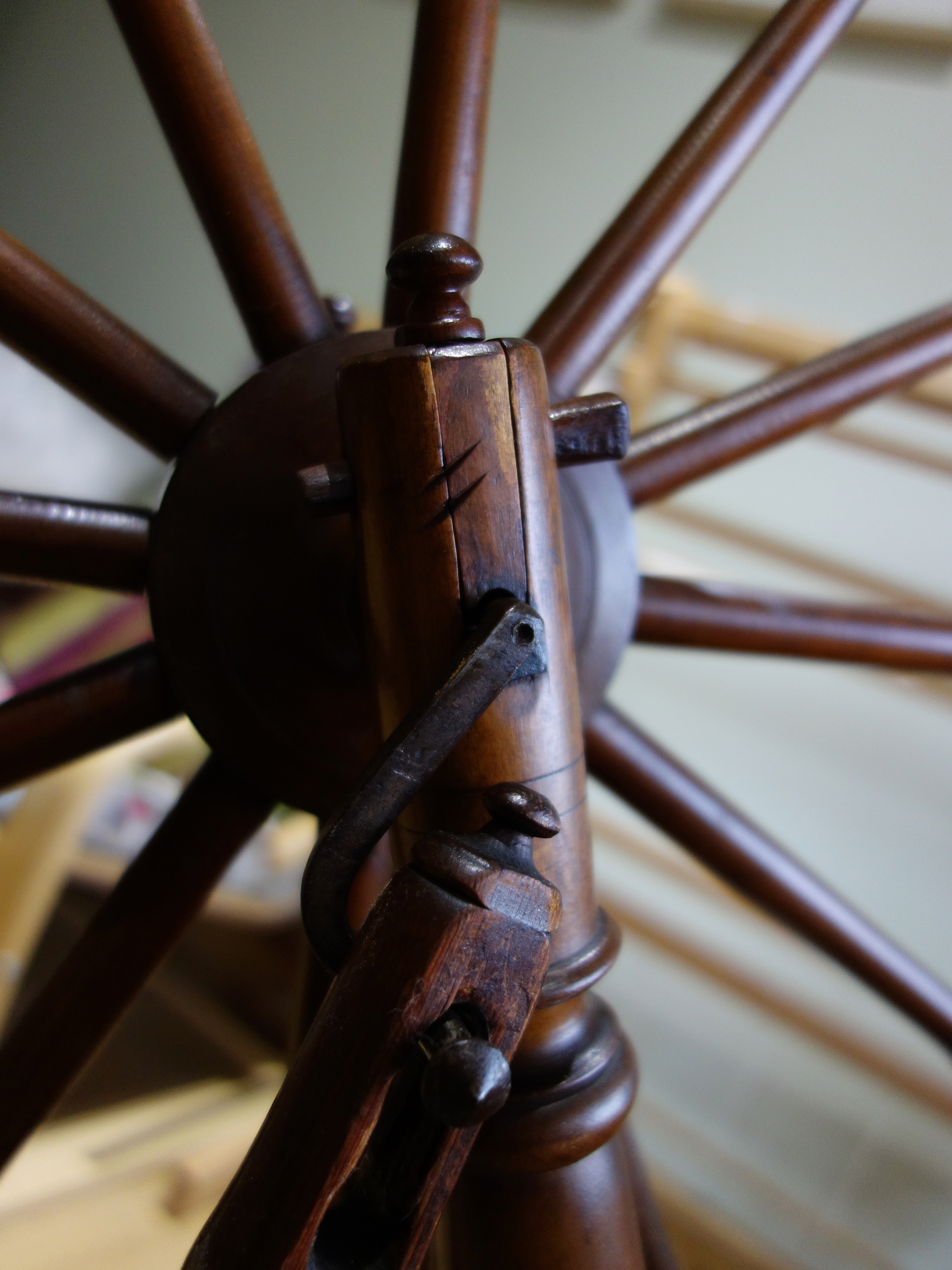
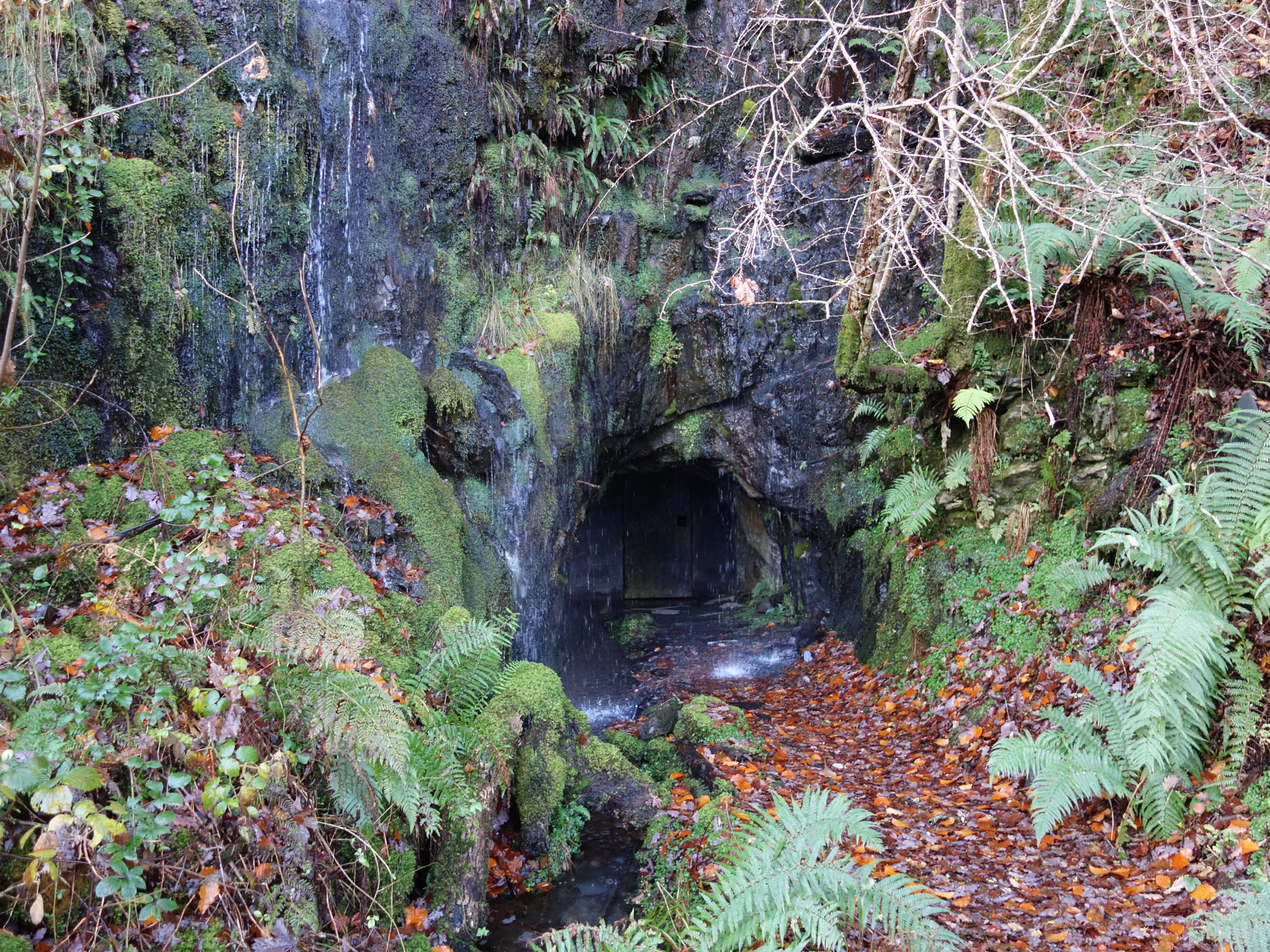
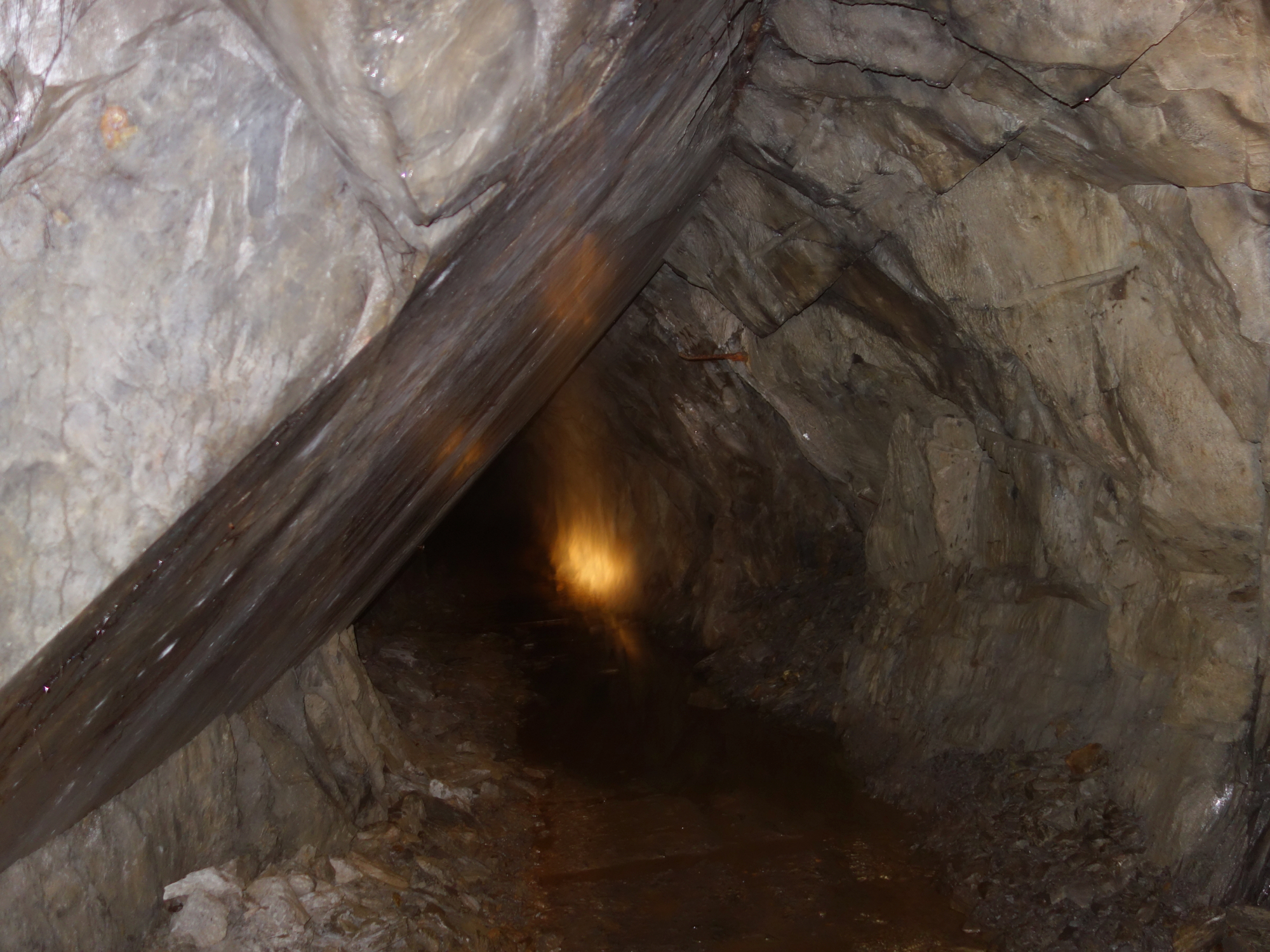
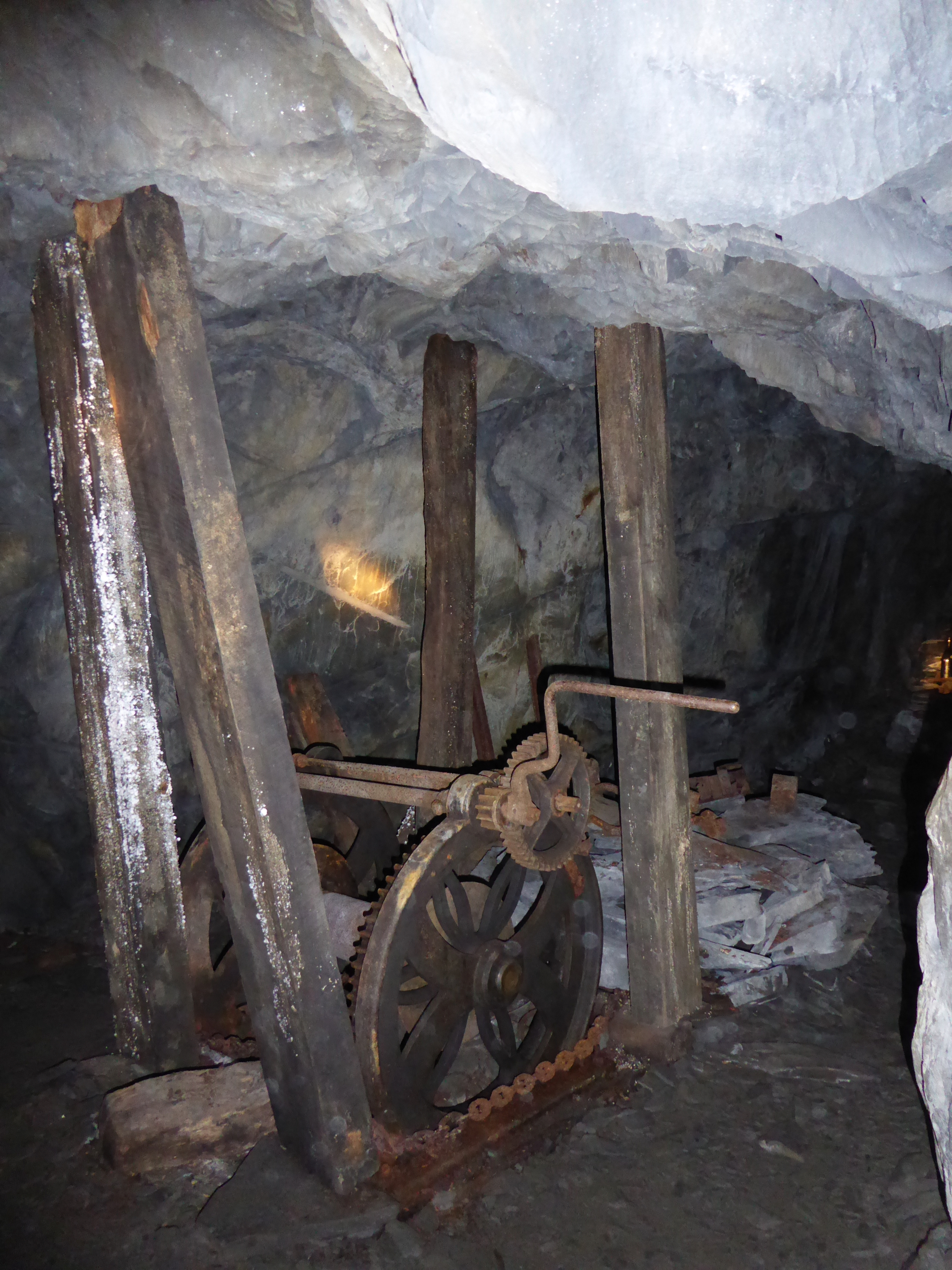
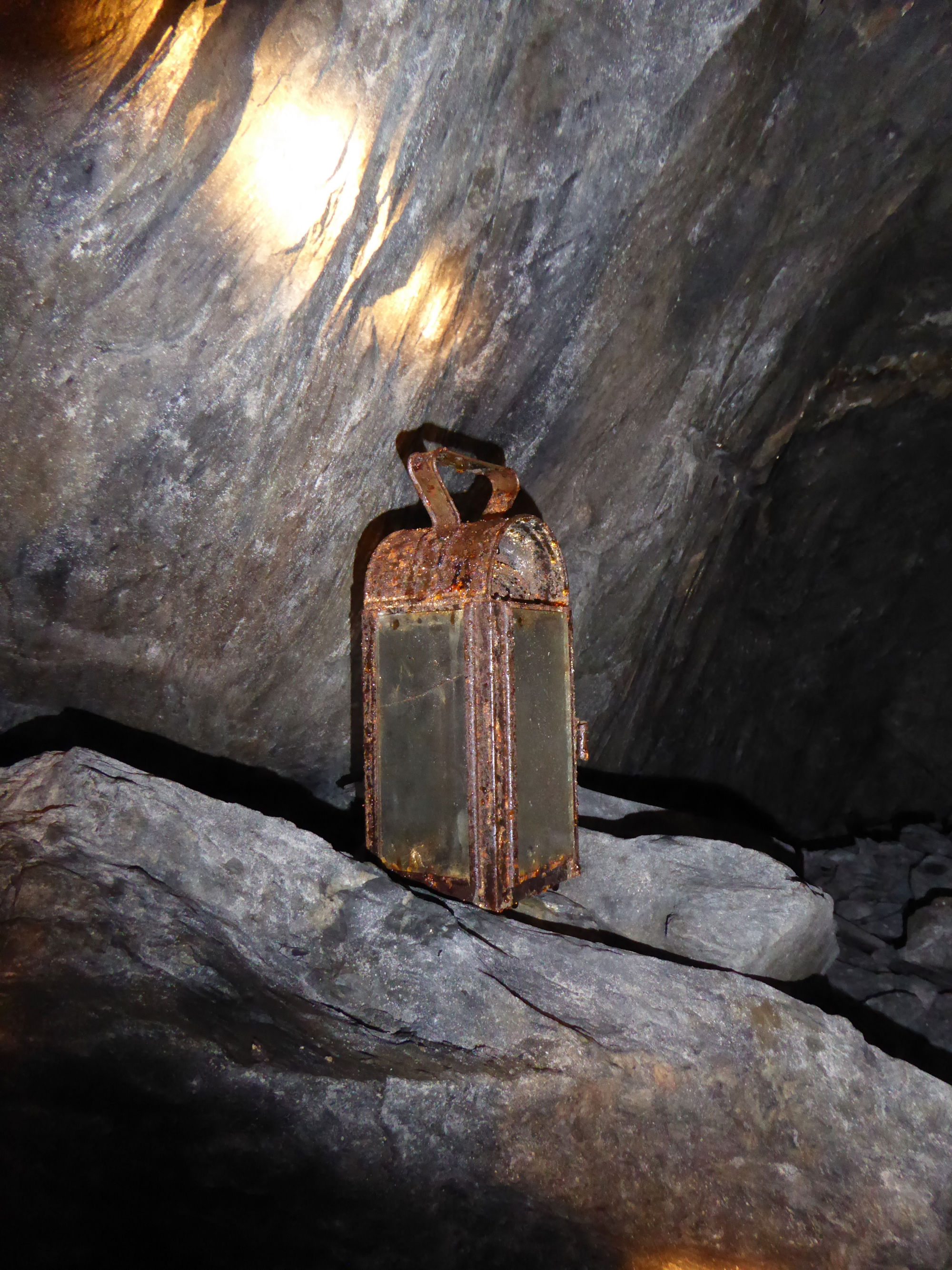
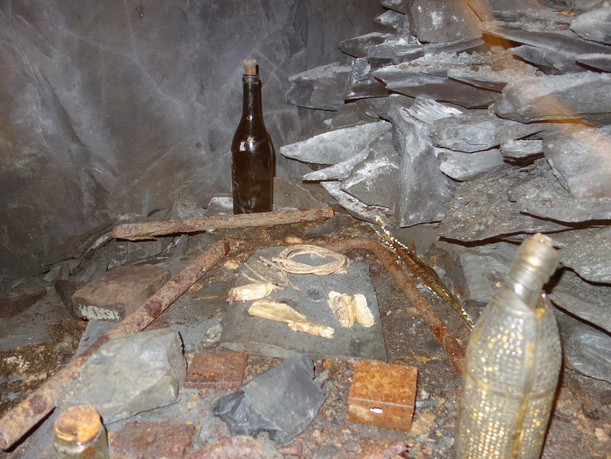
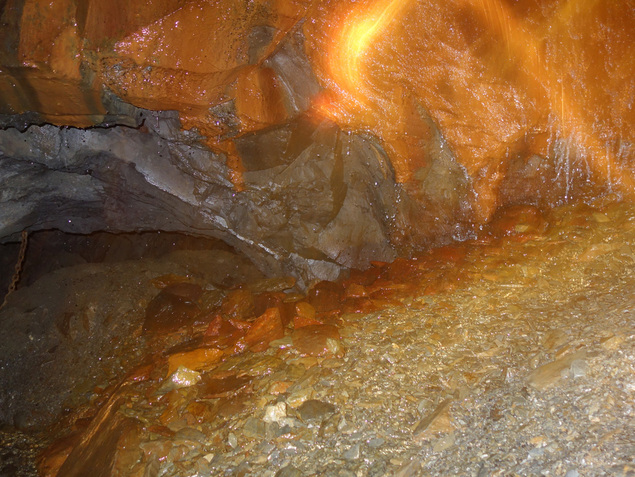
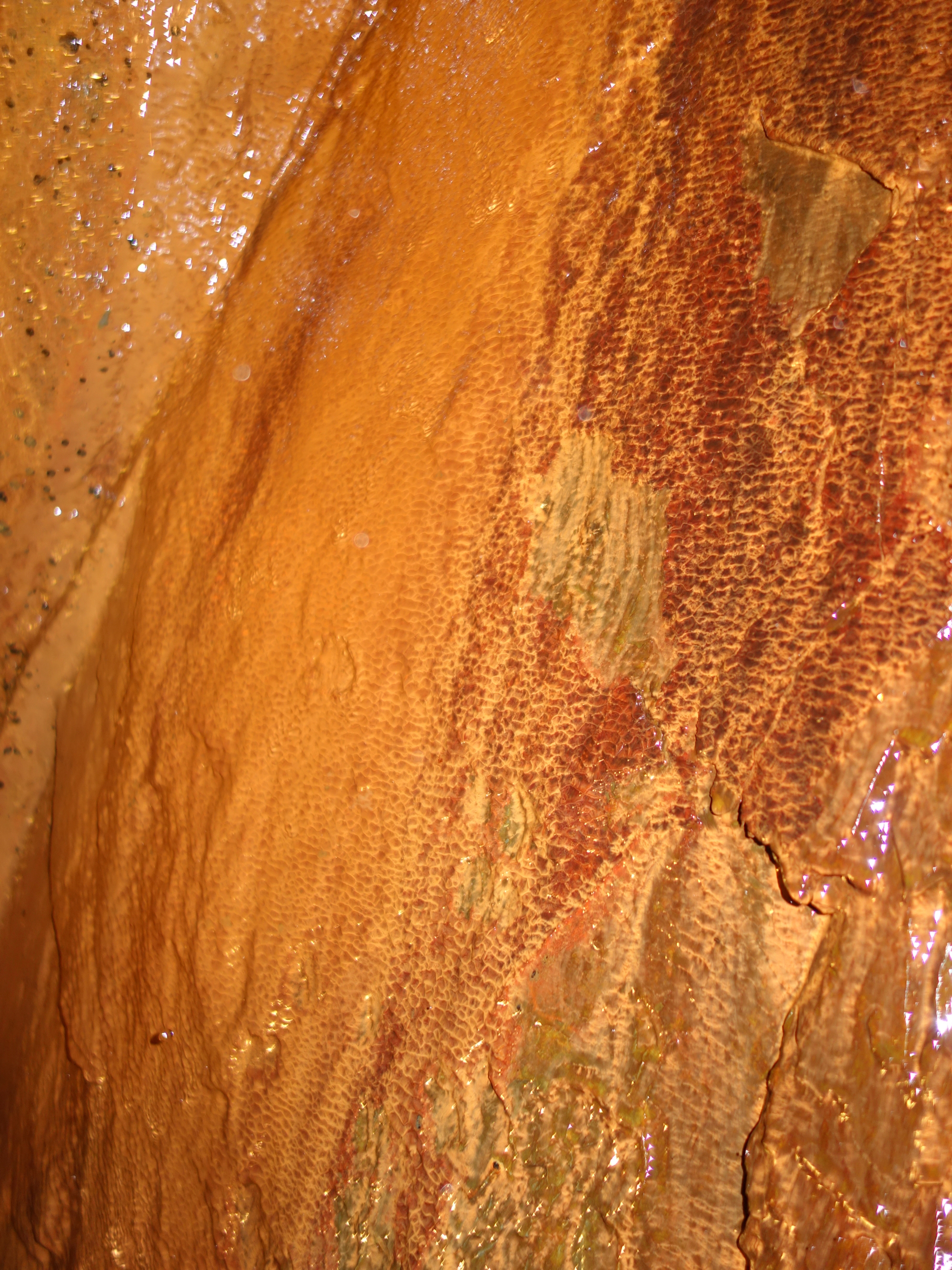
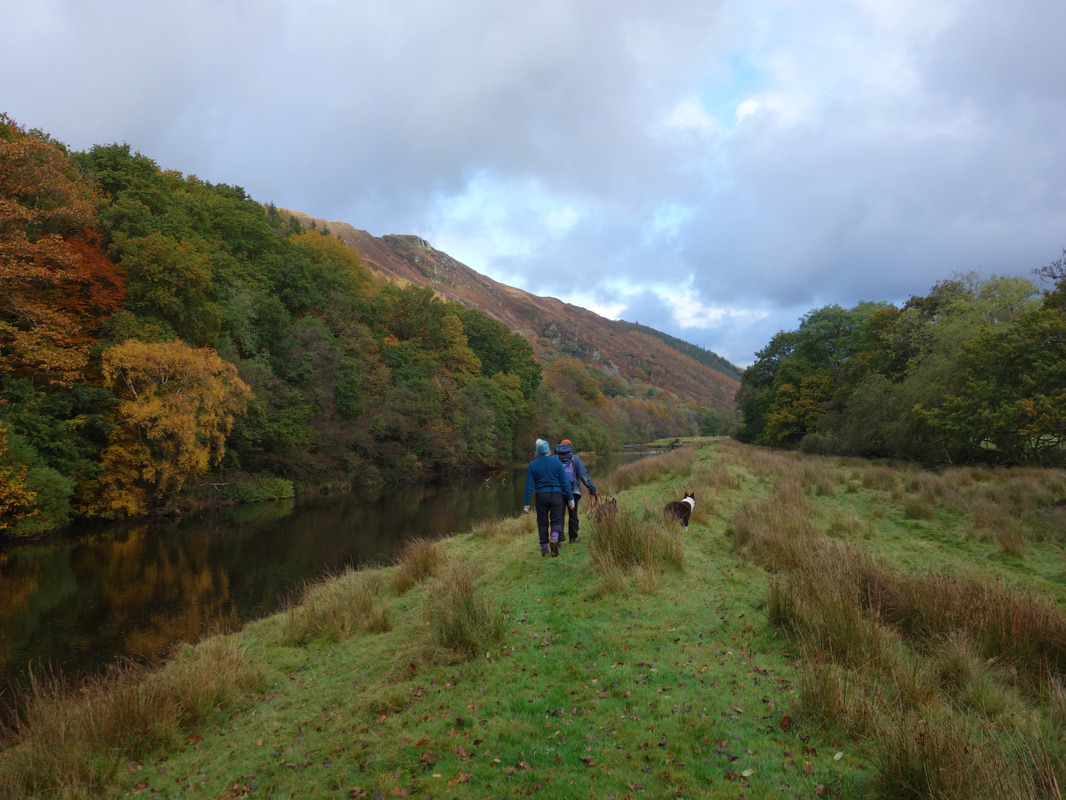

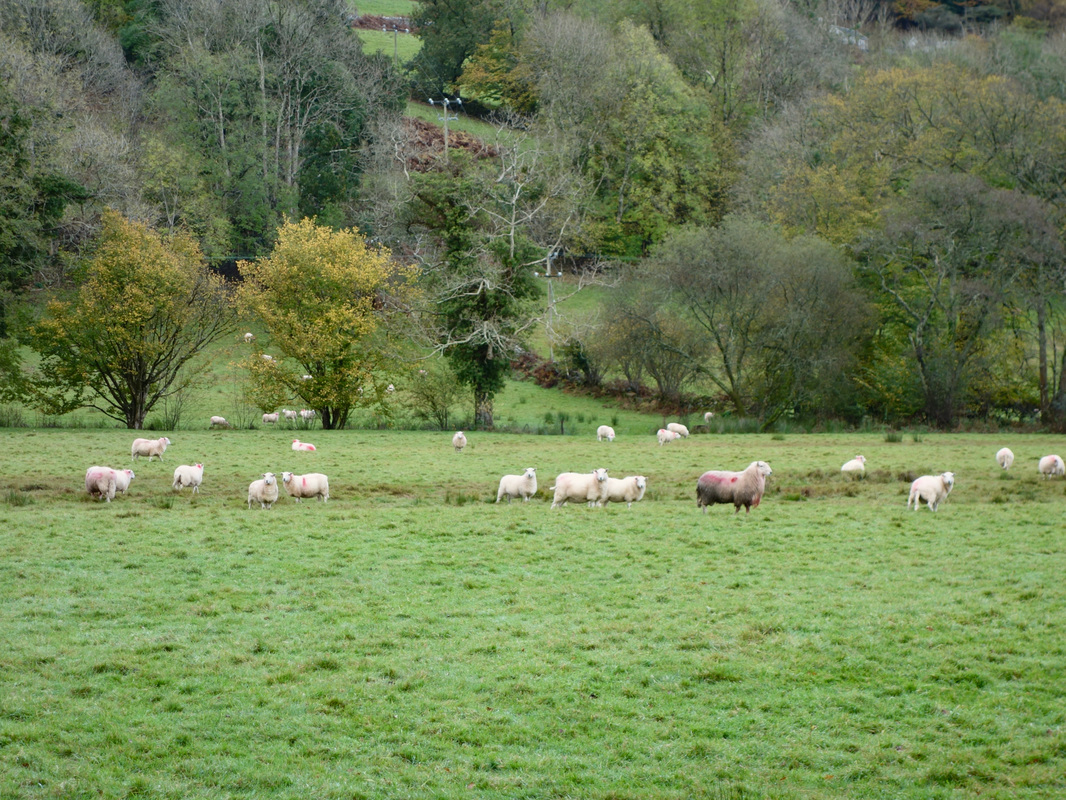
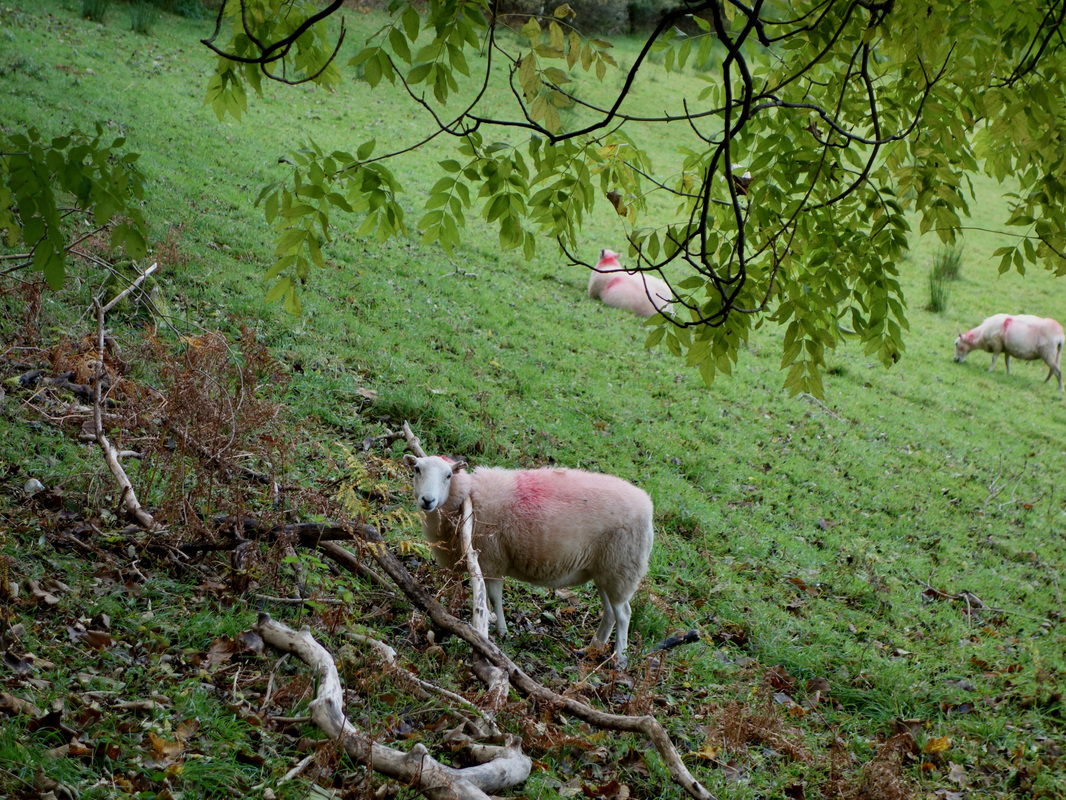
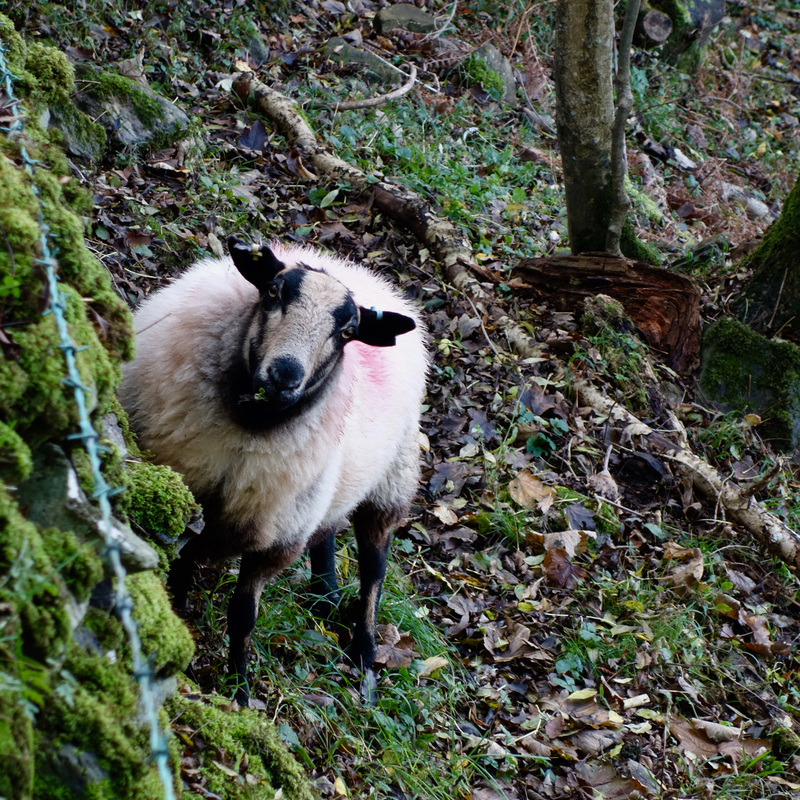
 RSS Feed
RSS Feed


